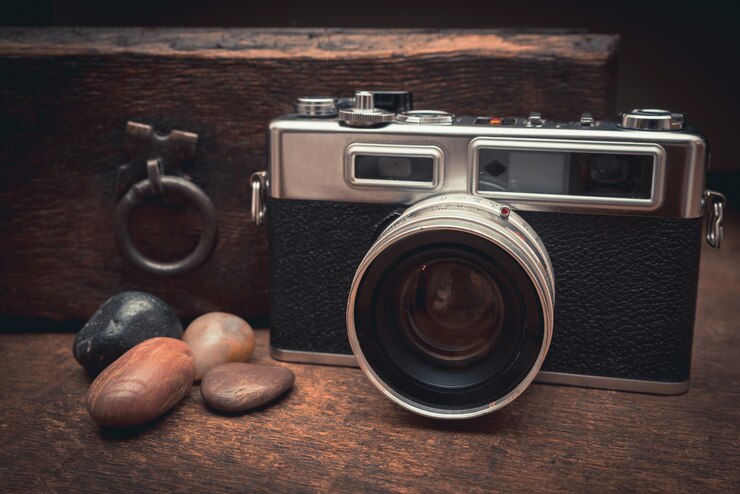Vintage photos have a unique charm that often evokes nostalgia. One of the most distinctive features of these photographs is their brown pigment, commonly known as sepia tone. This characteristic hue is not just an aesthetic choice; it results from specific chemical processes and historical practices in photography. Exploring the origins, science, and cultural impact of the brown pigment in vintage photos offers a deeper understanding of photography’s history and the art of preserving memories.
The Birth of Sepia Toning
In the 19th century, photographers used sepia toning to enhance the durability of their prints. This process involved converting the metallic silver in black-and-white photos into silver sulphide, a more stable compound. The name “sepia” comes from the ink sac of the cuttlefish (Sepia officinalis), which was used to produce the brown pigment. Sepia toning became famous for its ability to extend the lifespan of photographs and its aesthetically pleasing warm tone.
The Chemistry Behind the Brown Pigment
Sepia toning alters the composition of a photograph at the molecular level. Traditional black-and-white photos rely on silver halide crystals suspended in a gelatin emulsion on photographic paper. When exposed to light and developed, these crystals form an image. The sepia toning process converts the metallic silver in this image into silver sulphide. Silver sulphide is more resistant to environmental damage, making it a preferred method for preserving photos. This chemical transformation protects the photo and gives it a distinctive brown tint.
The Cultural and Aesthetic Significance of Sepia
Sepia-toned photos became especially popular in the late 19th and early 20th centuries. During this time, photography transitioned from a novelty to a standard method of documenting life. Photographers chose sepia for its warm, earthy tones, which conveyed nostalgia, warmth, and a sense of timelessness. The sepia tone was also favored for portrait photography, softening blemishes and creating a more flattering image.
Preserving Vintage Photos
Sepia-toned photographs are known for their durability, but they still require careful handling and storage. Environmental factors like light, humidity, and temperature can affect even the most stable photographs. To preserve vintage photos, store them in a cool, dry place away from direct sunlight. Using acid-free archival materials can prevent chemical reactions that might damage the photograph. Digital scanning and archiving are also effective ways to preserve these images without risking damage to the original print.
Modern Uses of Sepia Toning
Today, thanks to advancements in photographic technology, sepia toning is no longer necessary for preserving photographs. However, the sepia tone remains famous for its aesthetic appeal. Modern photographers often use sepia toning as a stylistic choice to give their images a vintage feel or to evoke a specific mood. With digital photography, applying a sepia filter to an image is easier than ever, leading to a resurgence in its popularity, especially in wedding photography, portraiture, and fine art.
The Symbolism of Sepia in Photography
The brown pigment in vintage photos symbolizes more than just chemical stability. Brown is associated with earthiness, strength, and warmth. In photography, sepia tones connect the image to the past, making it grounded in history and memory. This symbolism has made sepia-toned photos a powerful tool for visual storytelling, conveying emotion and nostalgia in a way that black-and-white images often do not.
Conclusion: The Enduring Legacy of Sepia-Toned Photographs
Initially used for preservation, the brown pigment in vintage photos symbolizes nostalgia and timelessness. Its warm tones evoke memories and emotions, making it a beloved choice in historical and modern photography. As we continue to evolve in the digital age, the lessons learned from sepia-toned photographs remind us of the importance of preserving our images and the stories and memories they represent. The enduring appeal of sepia ensures that it will remain a cherished part of photography for years.




0 Comments